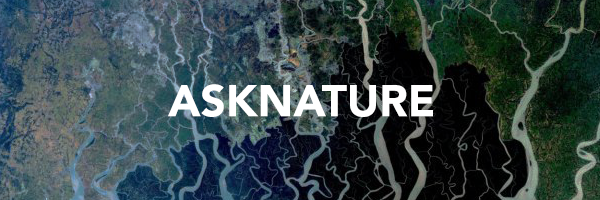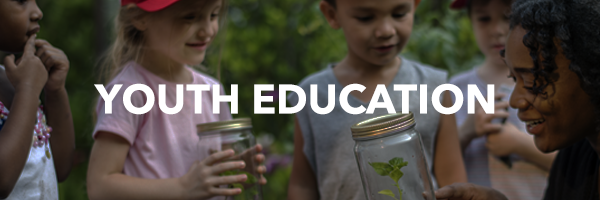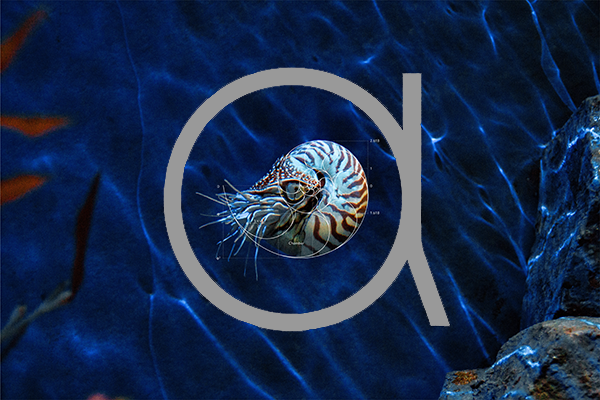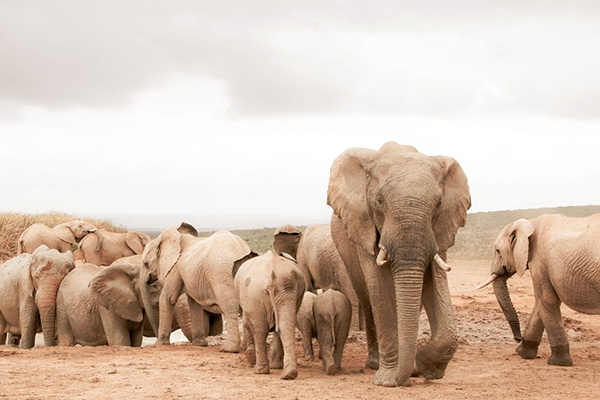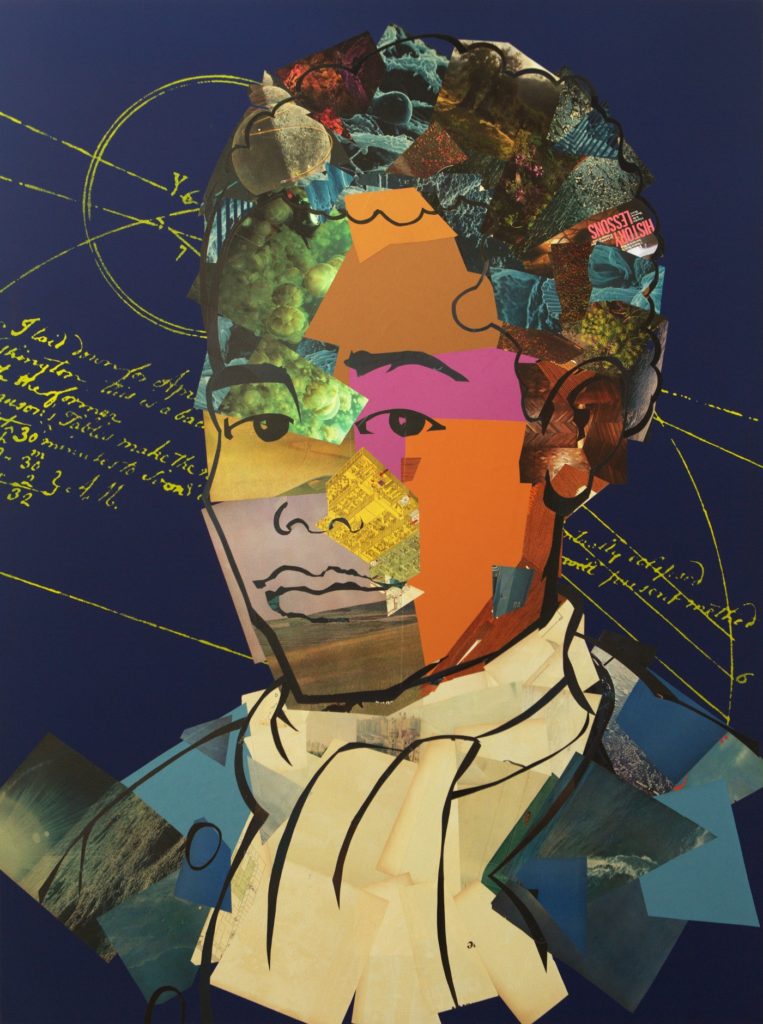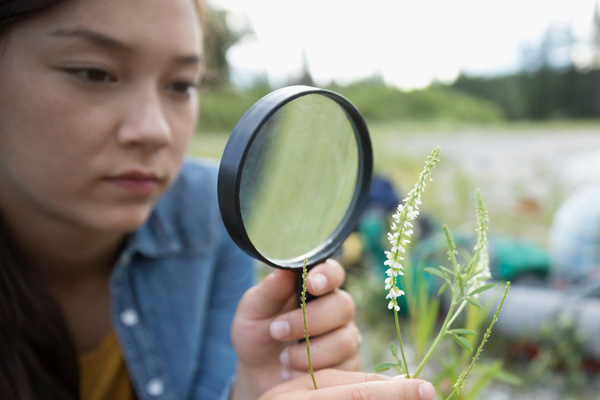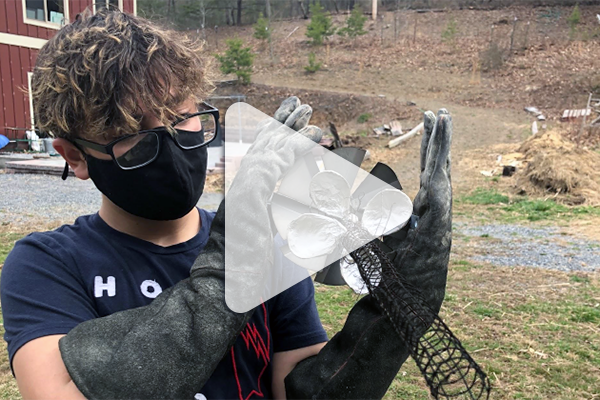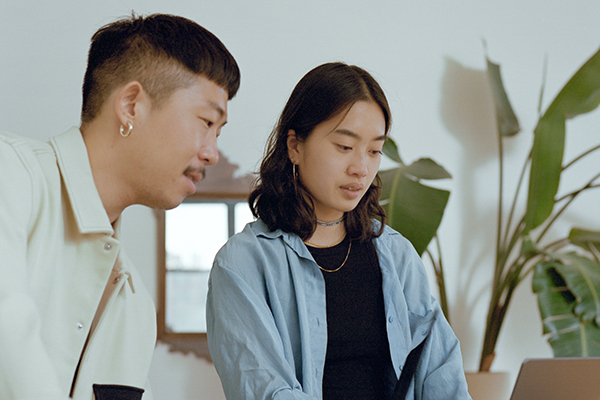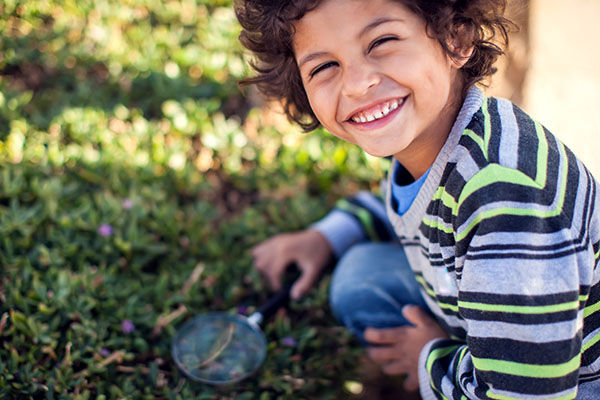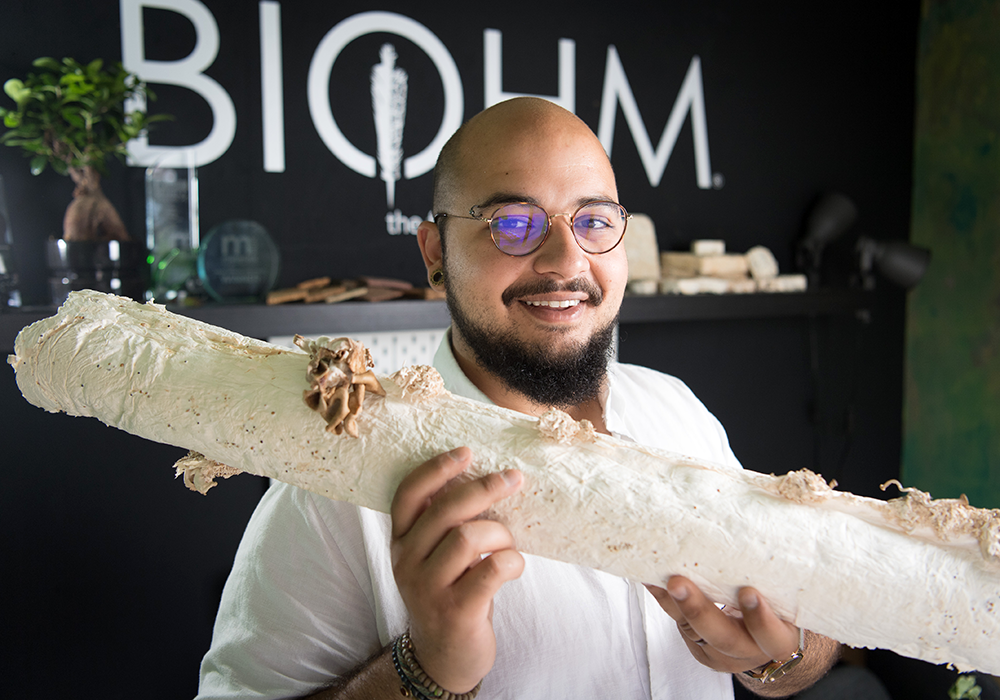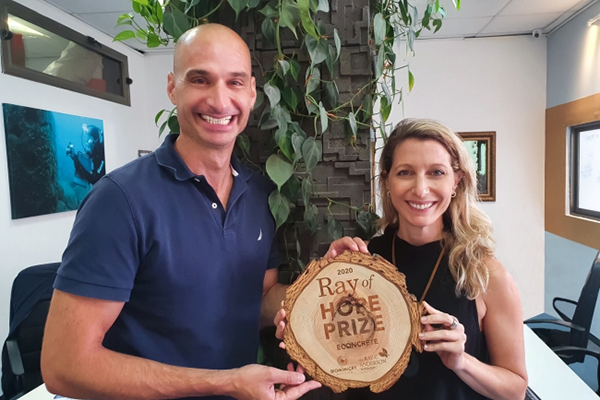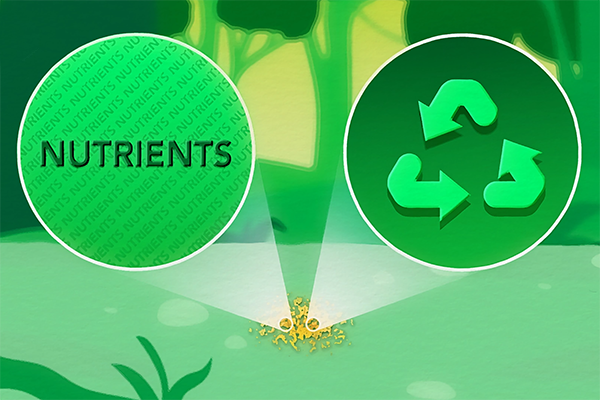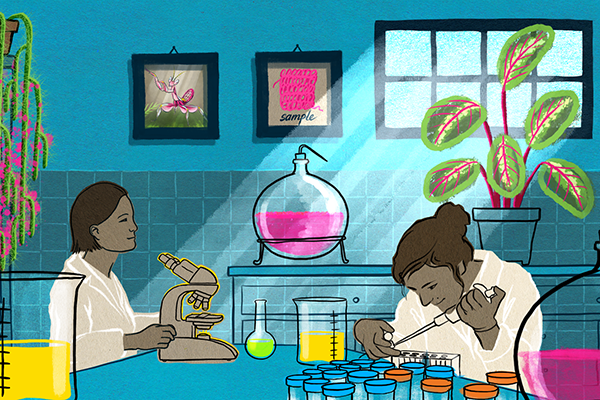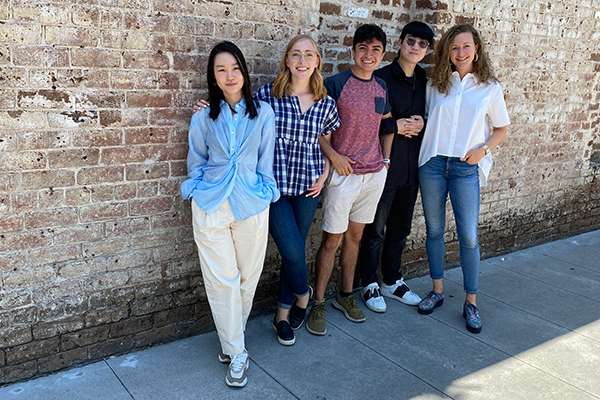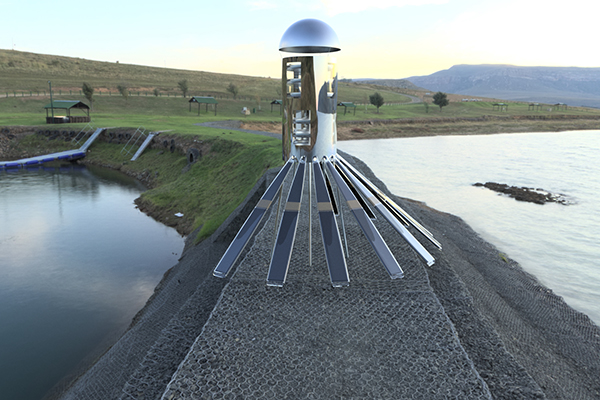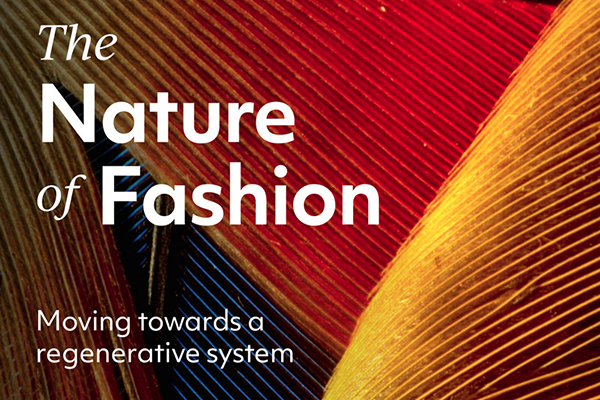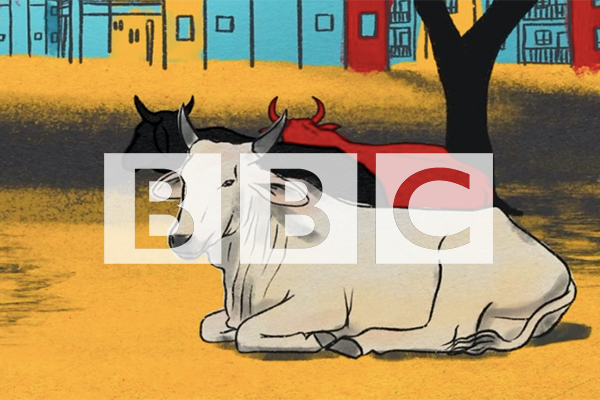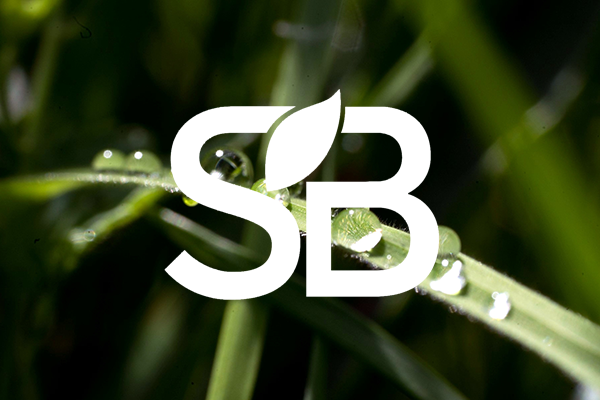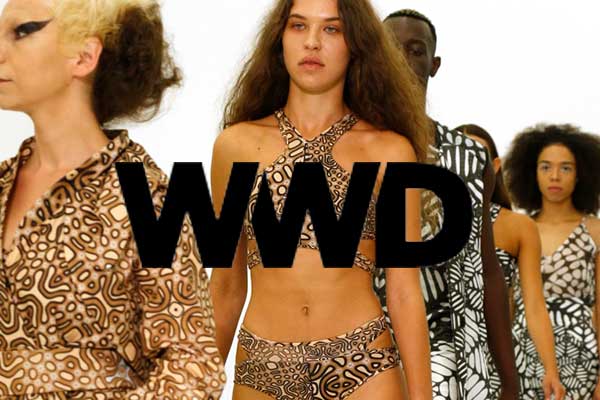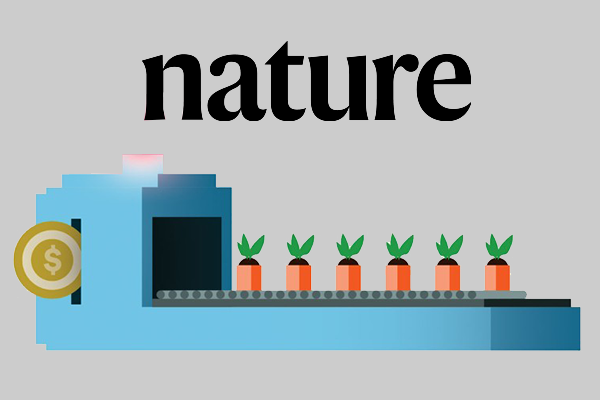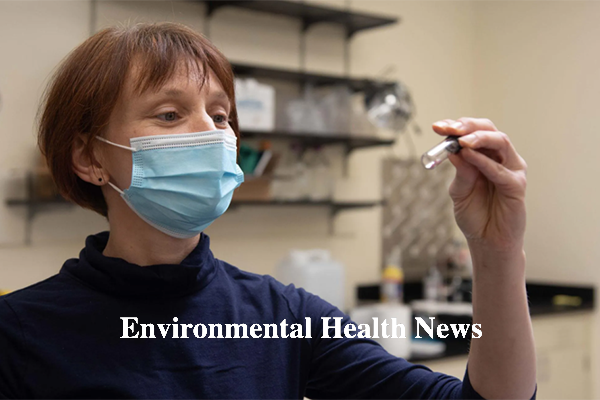2021 Year in Review
A Message from Our Executive Director
Nature adapts, doesn’t it? And just like all of you, that’s what we at the Biomimicry Institute found ourselves doing in 2021. What we’re seeing is the early manifestation of the “arc” in our work: AskNature is being used by more students and educators; those students are growing up to become the university lab innovators that will one day join our Biomimicry Launchpad; and those students will shape the radically-new sustainability companies that get to be honored with the Ray of Hope Prize recognition. And some of their innovations—or they themselves—will help transform entire sectors of industry, like the work we are doing with fashion around Design for Decomposition.
We are incredibly thankful for the support of our generous donors, our Board of Directors, partners, advisors, and the biomimicry community around the world. As our founder Janine Benyus says, “Cooperation is the most natural thing in the world.” We could not do what we do without you, a group so committed to this mission.
To life!
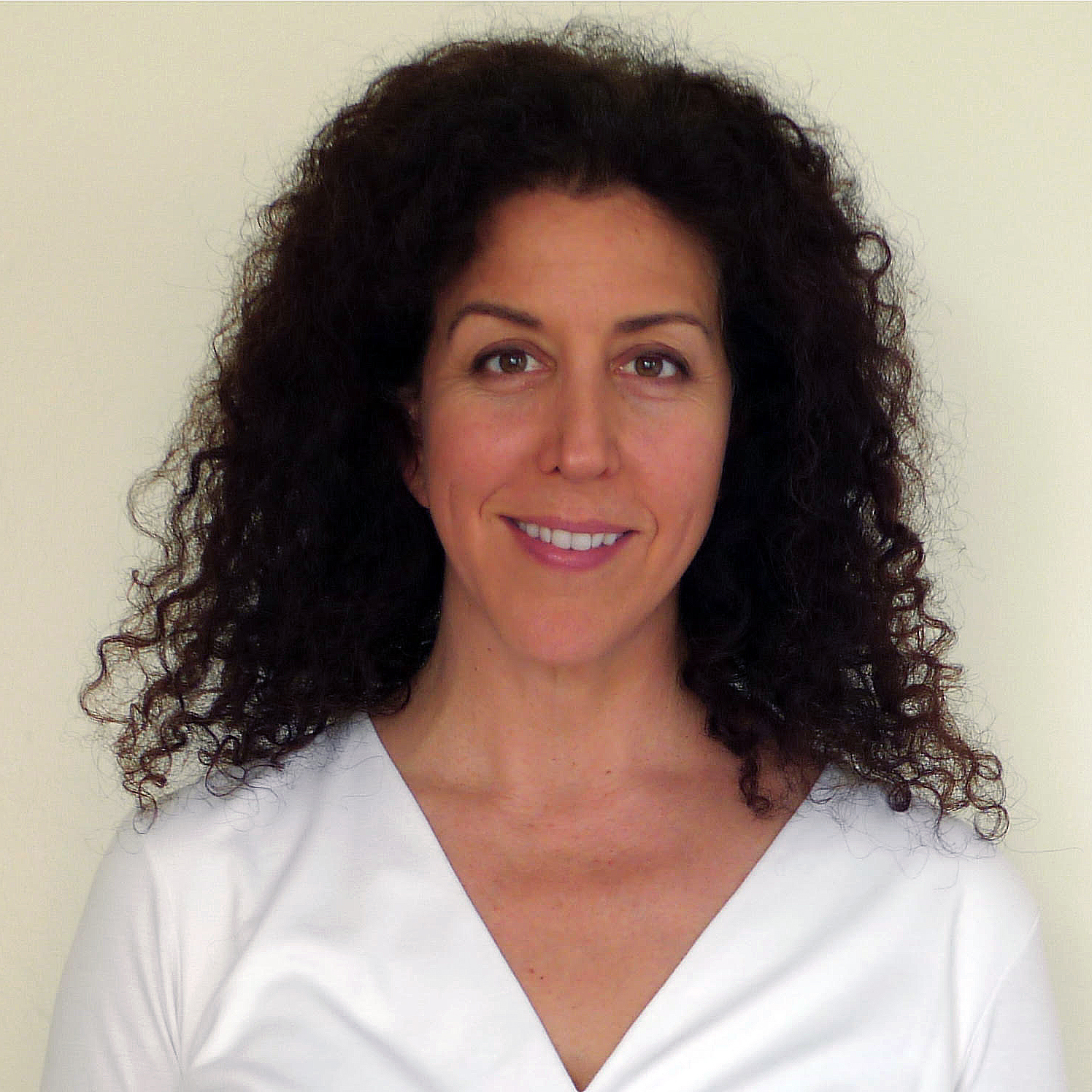
Beth Rattner
Executive Director, Biomimicry Institute
Major Accomplishments
A revamped site garners 200K+ page views per month to help people learn from nature
Increased startup acceleration and $50K SBIR Grant for Support of Women in STEM
AskNature.org
If you haven’t yet checked out the new AskNature.org, you are in for a treat. In addition to its revamped look, the world’s largest open access living library of biological strategies includes even more detailed and engaging content, making it easier for anyone, anywhere to learn from and connect with nature.
Pages Received New Images
New Innovation Pages
Fully Renovated Biological Strategy Pages
Updated Educational Resource Pages
TOP COLLLECTIONS
We are grateful to be recognized by Scientific American through the co-publishing of “Long Overlooked, Benjamin Banneker Is Recognized for Work on Cicadas and against Slavery“. Written by Dr. Janet Barber, the essay shares the story of one of the first naturalists to record scientific information and observations of cicadas.
“We used AskNature to learn about all of the special talents of animals around the world…Knowing we can use what we learned to do or make something that could save or help someone’s day is probably one of the best feelings in the world.”
Youth Design Challenge
2021 was a record year for the Youth Design Challenge (YDC), our project-based biomimicry learning experience for middle and high school students, with the widest reach and highest participation across the globe featuring incredible submissions addressing the Sustainable Development Goals.
The Challenge provides educators of all types with a framework to introduce biomimicry as an interdisciplinary lens for exploration and problem solving—within and beyond the classroom. As the bridge from core concepts to advanced, project-focused learning, the YDC also sparks curiosity and ingenuity in students, turning learners into nature-inspired makers. By training students to address local challenges and introducing them to social and emotional learning, we are helping them pave a pathway toward sustainability-focused career endeavors.
%
Challenge Submissions (over 2020)
%
Registered Coaches (over 2020)
NEW YDC MENTOR PROGRAM
Launched in October, this professional learning program empowers educators to support other educators in improving the way in which they present and coach students through the Youth Design Challenge. The results will be seen in improved student learning and increased levels of engagement.
NEW YDC FIELD TEST
This initiative supports active engagement with middle school educators who are helping improve the curriculum for future participants. Our focus aims to better align with educators’ needs for teaching STEM in the classroom and aligning with Next Generation Science Standards (NGSS).
K-5 Curriculum
In 2021, we set out in collaboration with the Green Schools National Network to develop new nature-inspired design experiences for elementary school students. These K-5 lessons uniquely incorporate biomimicry core concepts connected to Next Generation Science Standards (NGSS), English Language Arts (ELA) standards, and Math standards, along with social and emotional learning core competencies.
Lessons created and currently being tested by 28 teachers across the U.S.
“I’ve become more aware of our environmental challenges, the miracles of evolution and nature, and gained more confidence and focus in my teaching.”
– Professional Learning Participant
Ray of Hope Prize
This year’s Ray of Hope Prize cohort made it clear that we are achieving our goal of finding the most promising nature-inspired startups in the world. New program elements, expanded mentor network, and the introduction of life-friendly chemistry assessments aided in accelerating their growth prospects beyond what we’ve been able to do in year’s past. We look forward to seeing their solutions to pollution, climate change, toxic materials, and so many more critical issues continue to gain hold in the marketplace.
%
Increase in Applications (over 2020)
Startup Countries Represented in Applications
Nature-Inspired Startups Accelerated
WHERE ARE THEY NOW?
We celebrate our past Ray of Hope Prize participants through networking and communications boosts far beyond their time in the program.
Here are just a few recent successes.
ECOncrete, 2020 Ray of Hope Prize Winner: Raised $5 million in Series A funding and partnered with the largest cement manufacturer in the U.S. to produce ecologically beneficial solutions for offshore
wind turbines.
Biohm, 2021 Ray of Hope Prize Finalist: Featured in Fast Company
Novobiom, 2021 Ray of Hope Prize Finalist: Chosen by NRG 2021 selection committee) to collaborate on a CLEEN Project proposal for the Biden-Harris administration that has been approved to share widely with Congress and the Administration as they consider funding and supporting new infrastructure and climate change projects.
“This was a terrific program that provides exactly
the right training at the right time.”
Launchpad
While the Biomimicry Launchpad has historically provided sustainable business skills and communications training to early-stage, nature-inspired entrepreneurs, we will be shifting the initiative to focus primarily on helping scientists and researchers. We’ve long known that too many solutions to humanity’s biggest challenges remain in the lab because scientists and researchers do not receive the necessary entrepreneurship and sustainable business training to do so. Now, we are ultra-focused on such efforts, and the potential it has for the scientific community and world at large.
In 2021, the Biomimicry Launchpad supported:
Participants
Teams
UN SDGs Addressed
%
Female-Identified Participants
MEET THE 2021 BIOMIMICRY
LAUNCHPAD TEAMS
NEWS HIGHLIGHTS
Global Design Challenge
From 2018-2021, the Biomimicry Global Design Challenge provided an opportunity for university students and young professionals to gain hands-on experience with biomimicry—to do design, not just study it. While we made the difficult decision to close the Challenge, we and the participants have much to celebrate. Each of the top teams from 2021 has been invited to further their designs and entrepreneurship journey as part of our Biomimicry Launchpad.
Between 2015 and 2021, the Challenge had:
Participants
Participating Colleges and Universities
Teams
%
Female-Identified Participants
Countries Participating
UN SDGs Addressed
Design for Decomposition
In 2019, Douwe Jan Joustra, Head of Circular Transformation for C&A Foundation (now Laudes Foundation) asked us a simple but not easy question, “If the fashion industry were to operate like a natural ecosystem, what would have to change?” Our answer culminated in the Nature of Fashion report, which essentially stated that brands were not yet designing for decomposition—a fundamental component to all biological systems. Moreover, the industry was failing to account for the physics law of entropy, which explains the far-flung impacts of dyes, coatings, microfibers (microplastics), and other manufacturing pollutants. In the report, we identified how both decomposition technologies and local, regenerative fiber creation already existed today, but the dots needed to be connected.
The Laudes Foundation is now providing catalytic funding for a two-year initiative that will demonstrate scalable new pathways for the ~92 million tonnes of fashion waste discarded annually.
“Waste makes visible our separation from nature and yet this separation is rarely in focus. We are excited to be part of this initiative, because the goal is not to maintain a false sense of control, attempting to perpetually juggle products above nature, but rather the goal is to work with nature, to find our place within the ecosystem.”
– The OR Foundation
Press Highlights
Donate and Support Nature-Inspired Innovators
Here’s the truth: despite all of the efforts above, the need for biomimicry to solve systemic environmental and social problems is currently outpacing our ability to meet it. Your donation ensures that we can meet these challenges by increasing the adoption of biomimicry in education, culture, and industry.

